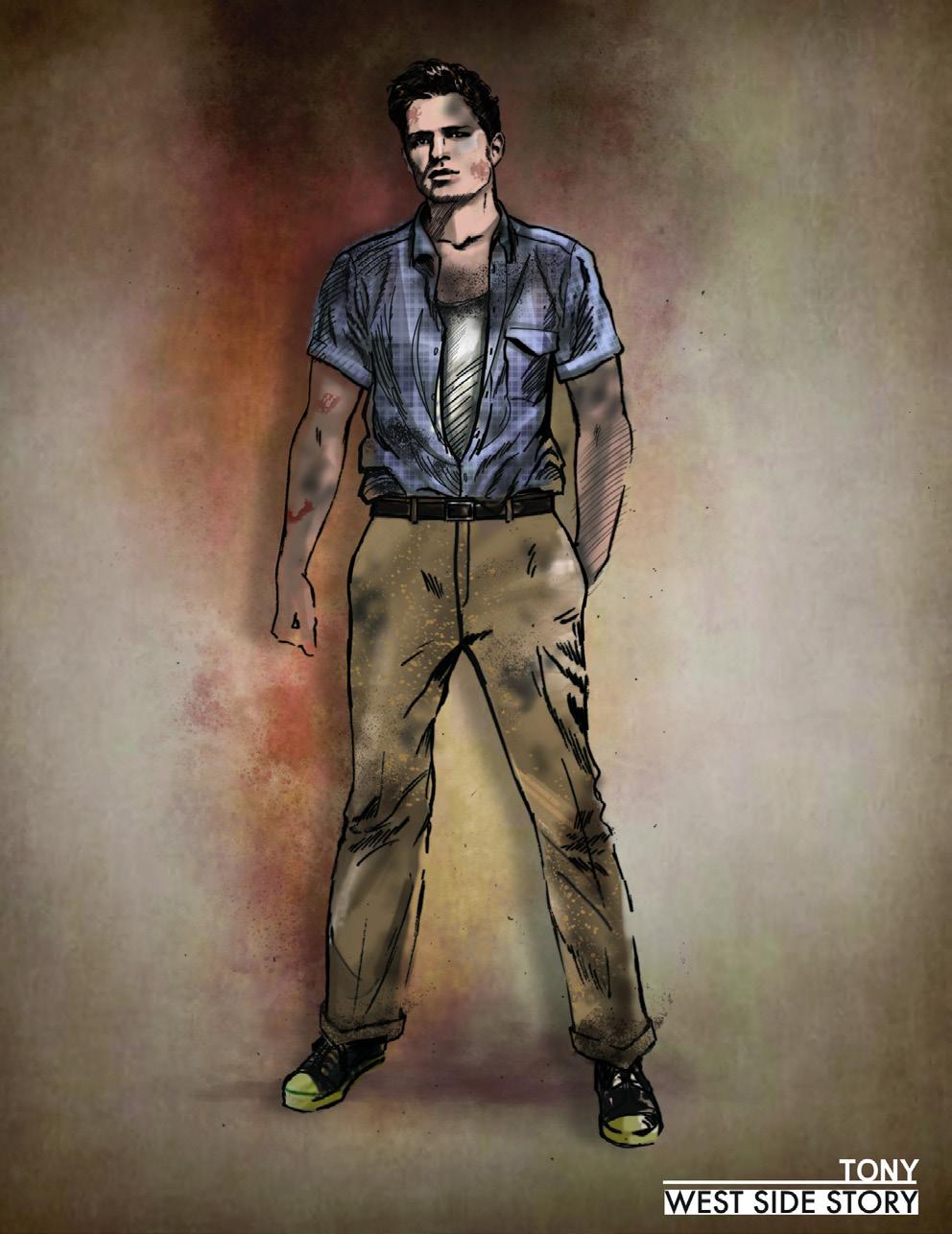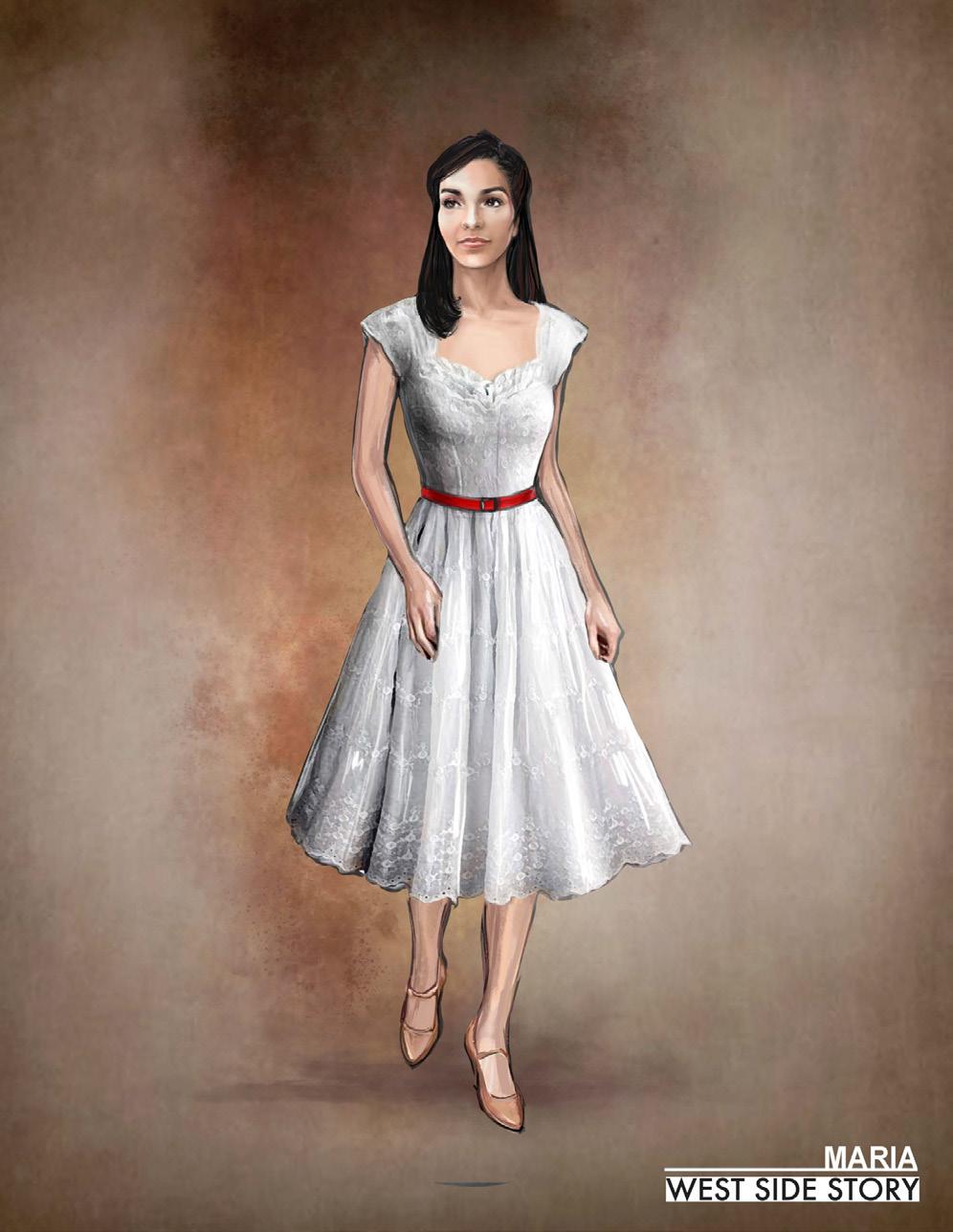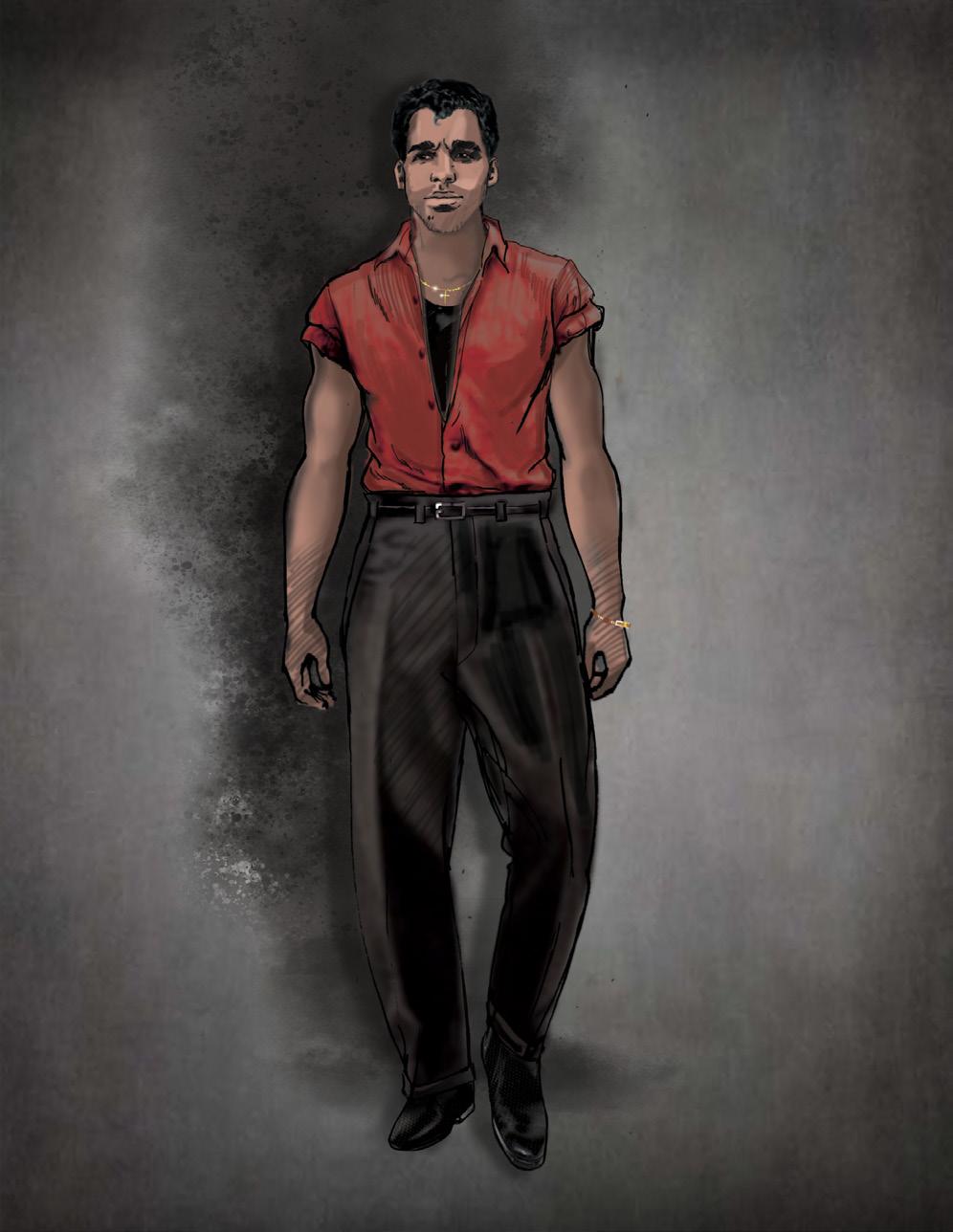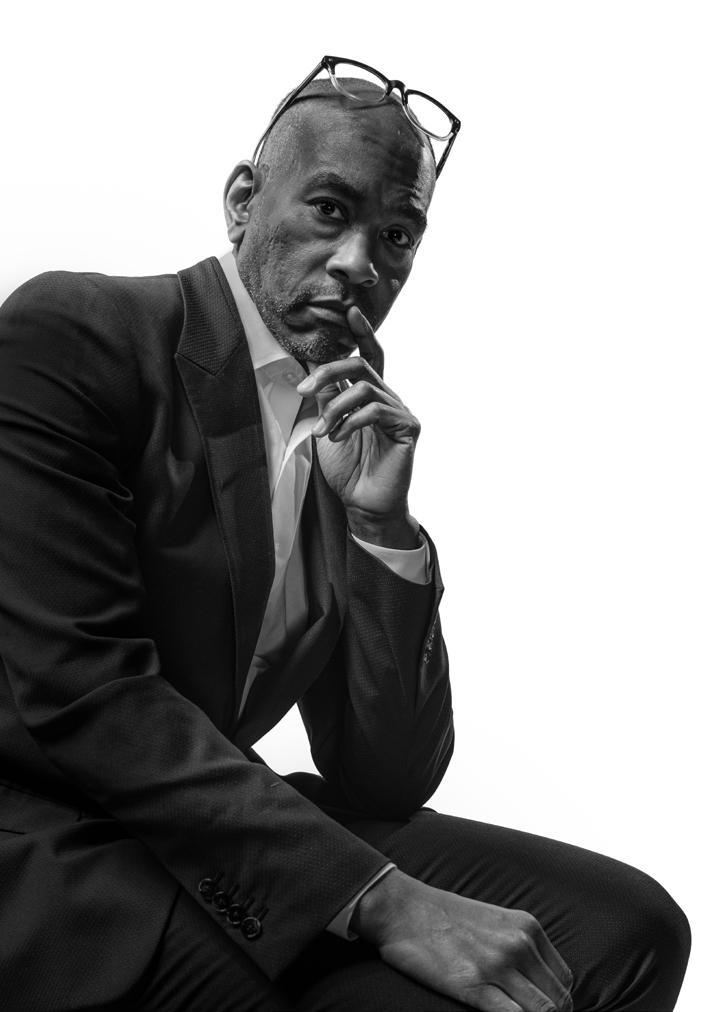
3 minute read
» Trends
Paul Tazewell garners Oscar nom for ‘West Side Story’ costumes


By RENEE MINUS WHITE Fashion & Beauty Editor
At Sunday’s Academy Awards celebration, Emmy Award winning costume designer Paul Tazewell had a beautiful smile as his name was called as one of the costume designer nominees for his spectacular costumes for “West Side Story.” “When it comes to designing costumes,” Mr. Tazewell, an African American designer explained, “It’s all about developing a character for the story.” As for his feelings about being nominated, “It is the top of the top, and it’s the ultimate nod and approval.” Paul Tazewell is also nominated for the upcoming 2022 Critics Choice and Tony Awards
Born in Akron, Ohio, Tazewell is a graduate of North Carolina School of the Arts and NYU’s Tisch School of the Arts. He studied fashion design at Pratt Institute. During his school years, he loved the theater. He reminisced about his high school class trips to the Stratford Shakespeare Festival in Ontario, and how that’s when he really noticed costume design. He loves Broadway shows and musicals.
His fashion career started with his fantastic costume designs for “Bring In ’Da Noise and Bring in ’Da Funk” in 1992, which also earned Tazewell a Tony Award nomination. He was honored with several nominations over the years including an Emmy for “Jesus Christ Superstar Live in Concert,” NBC (2018); an Emmy for “The Wiz Live!” (2015). For “Hamilton,” Paul Tazewell won the Lucille Lortel Award, Tony Award in 2015. There were Tony Award nominations for “The Color Purple,” and “In the Heights,” 2008, and many more prestigious nominations.
Directed by Stephen Spielberg, from a screenplay by Tony Kushner, “West Side Story” tells the classic tale of fierce rivalries and young love in 1957 in New York City. From 20th Century Studios, the Walt Disney Company released “West Side Story” in the U.S. on December 10, 2021.
In an interview last Saturday afternoon, before Sunday night’s Oscar Award Ceremony, Paul Tazewell shared some thoughts:

RMW: When did you realize that you wanted to be a costume designer?
PT: I knew early on in high school that I wanted to design costumes. It put me in another category all my own. My mother and grandmother were artists. I was excited to design clothes for character development and storytelling.
RMW: When did you discover the connection between clothing and character?
PT: In junior high school, I remember all of my friends would go and hang out at the mall and shop. I would simply sit on a bench and watch people. I loved watching folks interact with each other. I noticed how folks behaved, dressed. I would try to read them. I wanted a better understanding of who they were and what they were up too. A costume designer is basically a psychologist and loves clothing.
RMW: What were your thoughts about designing costumes for “West Side Story?”
PT: When Stephen Spielberg approached me, I thought about the original “West Side Story” film in 1961, and wondered about how I would pull the audience in? There was much research of clothes that were worn in the 1950s. I wanted the looks to reflect the culture and community, and chose a bright yellow dress that looked modern, yet lovely on the star that played Rita Moreno’s role in the film. Ariana DeBose won an Oscar Award for Best Supporting Actress in “West Side Story.”
RMW: While designing costumes for “Hamilton,” what was it like to work with Lin- Manuel Miranda?
PT: Working with Lin-Manuel was amazing! He’s such a wonderful man. Collaborating with him on “Hamilton” and “In The Heights” was an experience that I hold dear.
RMW: What advice do you have for young, up-and-coming costume designers?
PT: Go to a school that has a program. You need to love your work. Figure out how to communicate your ideas. Authenticity of characters is important.
RMW: How long does it take for you to create a costume from start to finish?
PT: Depending on the garment, it could take up to 3 months. Beaded garments take longer. There are many adjustments made during production.










